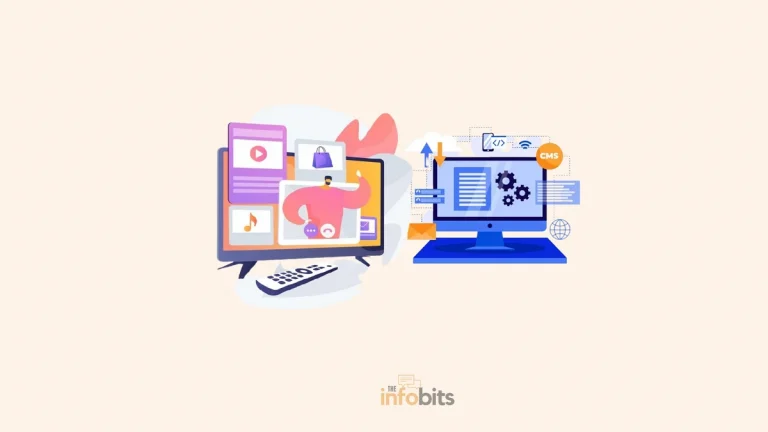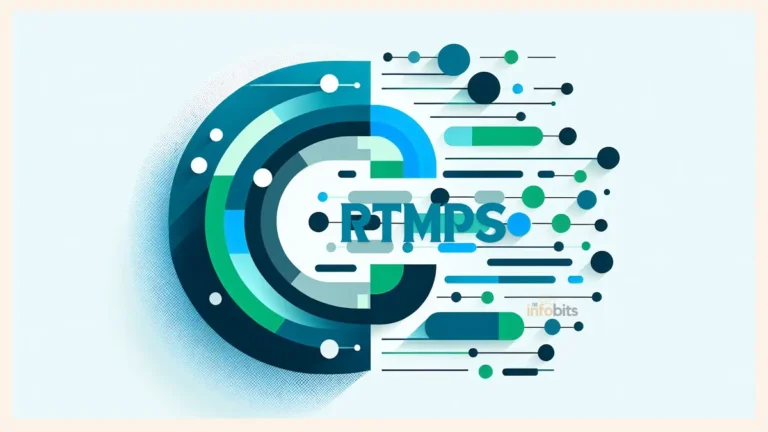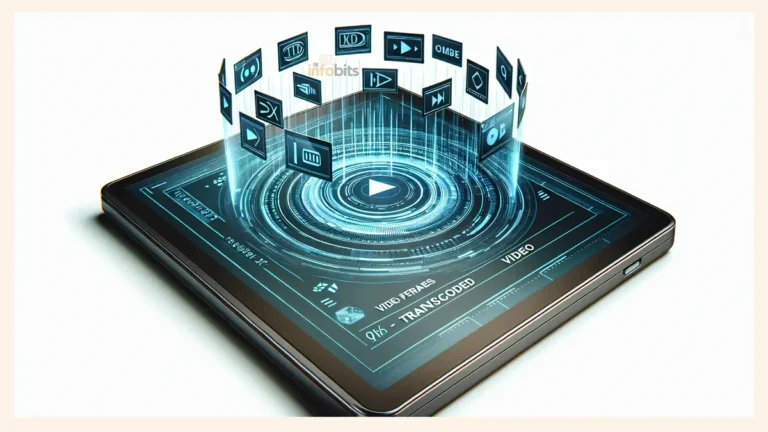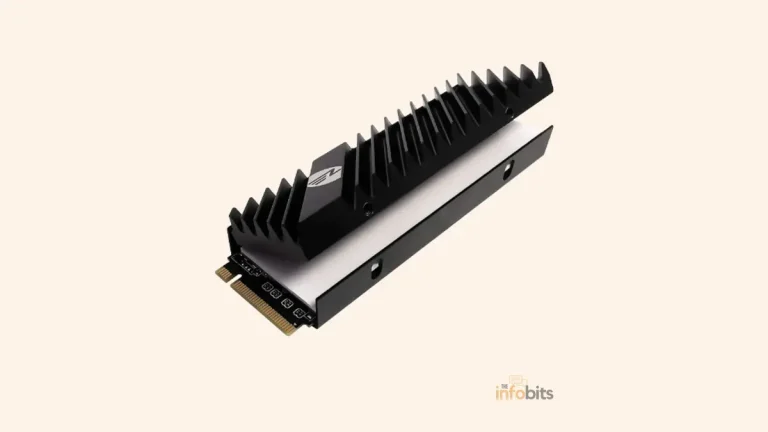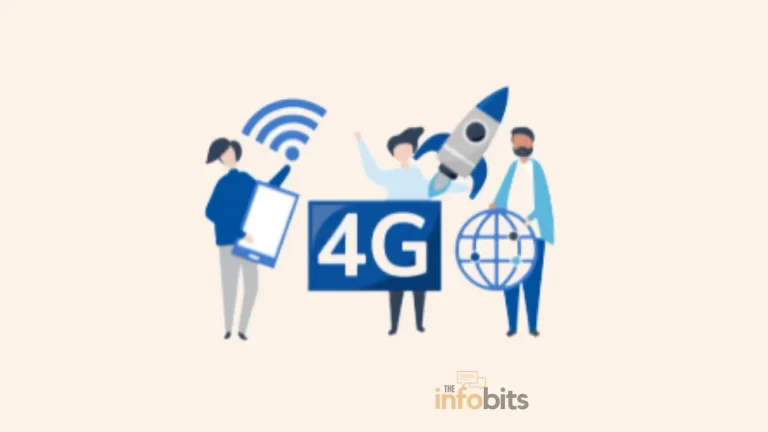Do You Know the Difference Between a Port and a Socket?
Most of us in today’s environment utilize computers and computer networks. You’ve undoubtedly heard the phrases port or socket when setting up a network or a program.
But have you considered how socket vs port differs?
A computer network is a collection of connected devices that exchange data and resources. Networking is essential for communication, data transfer, and the internet.
Many of the internet services you use are based on concepts such as ports and sockets. Although the functions of a port and a socket are directly analogous, they are not the same.
In this post, we will go over these terms in-depth, as well as the differences between a port and a socket.
Port vs Socket: Simple Explanation
Before diving into the more technical aspects, we’ll try to simplify these terminologies.
Consider a shopping mall in your town that has a large number of separate stores. The shopping mall has a major physical address (street address), and the individual stores have a number or name.
These individual shops are identifiable by their number or name, as well as the mall’s primary address. These stores can also be recognized by the service they offer.
The mall’s address is equivalent to the IP address of a certain device.
In computer language, the socket is the main address of the machine (equivalent to the mall’s address), while the port is the services or processes provided by other applications (similar to the services offered by the individual shops in a mall).
When you reach the door of the mall, the entrance is our socket. It is either the destination of the connection or the connection itself.
The port represents the service provided by the individual shop, and the shop number is the port number. The link that connects your front door to the mall’s front door can be considered a socket.
A port is equivalent to a specific store number in a shopping mall building, but a socket is analogous to the mall’s entrance or, in certain cases, the mall itself.
What Is a Port?
A port is used for communication in computer networks. The port, which supports network communication, is part of the transport layer. It is a logical identity issued to a process for it to be uniquely identified in a network system.
When two network devices join, data packets are exchanged. It is the location where data leaves or enters a computer. Several ports are used for various services and operations.
These ports and their services are identified by a port number. The number allocated to a piece of software is referred to as its port number. The same port number may be used by many machines executing the same software.
Data is transmitted from a sending device to a receiving device in network communication as packets. Each packet received by a receiving device has a port number that uniquely identifies the process by which the packet must be delivered.
If the target device is running three applications, the port number can be utilized to determine which one requires the data. Programs are given port numbers so that they may be recognized.
There are 65,535 accessible ports, some of which are currently not in use. Ports 0 through 1023 are reserved for system usage. Web services use ports 80, 443, and 8080, whereas email services use ports 25, 465, and 2525, and file transfer protocol uses port 21.
In summary, a port is a logical construct that network programs use to identify themselves within the system. Every application or process is assigned a port, which is a numerical value. The port indicates the process or application that needs the data.
What Is a Socket?
A socket is a communication endpoint where a connection begins or stops. A socket is a data interface that allows you to transmit and receive data on a specified port.
For any communication to occur, there must be two sockets on either connection point: one from the transmitting device or server and one from the receiving device or client.
An IP address plus a port number comprise a socket. It is used to identify both a machine and a service within it.
So, in general, a socket looks like this: 192.168.247.125:8080. An incoming packet is allocated a port number, which is used to identify the process that will consume it.
The system is identified by the IP address, but the application to which the data is to be sent is identified by the port number. Each device on the network is given an IP address. It is a one-of-a-kind identification for each device in the network.
This IP address facilitates the transmission of data to the appropriate receiver while transferring data.
A socket acts as an inter-process communicator and is the terminal of process communication. The socket communicates via a file descriptor and is commonly used in client-server applications.
A socket is one endpoint in a communication flow between two programs running on different computers connected by a network; it also maintains and facilitates communication between two processes running on the same or other systems.
Difference Between a Port and a Socket
A port is a logical construct used to identify network operations within the system. A socket is made up of a port and an IP address. The port number of an incoming packet is used to identify the process that must consume the information.
A port, in contrast to a socket, can identify the same process or service on a separate system. A socket, on the other hand, is specific to a particular computer since it contains the IP address and port number to which it connects.
A port always provides the same service, but a socket is an address that connects to a specific service on a single system.
A port is used to identify a service or activity, whereas a socket marks the start or end of a connection.
In other words, the processes in the linked devices communicate and receive information into and out of the network via a software interface known as the socket. A port, on the other hand, is an internal addressing mechanism for the device’s programs.
A socket is created and linked to a port when a process wants network connectivity. A socket is a communication channel that connects a computer to a port.
The main difference between a socket and a port is that a socket is an interface for transmitting and receiving data on a specific port, whereas a port is a numerical value assigned to a single device process or program.
| Port | Socket |
| A port is a numerical value assigned to a communication endpoint application. | A socket is a terminal point for transmitting and receiving data on a computer network node. |
| Ports aid in the identification of a certain application or process. | Sockets are used to send and receive data over a specific port. |
| A port is a number that a computer application uses to interact with other programs. | An IP address plus a port number comprise a socket. |
| A computer cannot be recognized just based on its port number. In most circumstances, an application runs on numerous computers using the same port number. | The socket identifies both the machine and the service within it. |
| A port is a logical data link that enables data interchange without the need for a temporary file or storage. | A socket is the final point of bidirectional communication in an Internet protocol-based computer network. |
| A port, like a phone number, identifies the device and serves as a connecting point for the socket. | The socket, on the other hand, serves as a link between the two computers. |
Summary
Although the terms socket and port are sometimes used interchangeably, port number and socket address are not.
The socket serves as an interface for sending and receiving data on a specific port, whereas the port is a numerical value assigned to a single process or application in the device.
A port number is one of three components of a socket address and may be written as a single number (for example, 8080), whereas a socket address can be expressed as a string of digits (TCP, hostname,8080).
Frequently Asked Questions
Does each port have a socket?
Yes. Each port has a socket.
Can one port have multiple sockets?
An IP address and a port number are used to uniquely identify a socket. As a result, if two sockets use distinct IP addresses, they can bind to the same port number on the same host.
What do you mean by sockets?
A socket is one endpoint of a two-way communication channel between two applications executing on the network. A socket is associated with a port number so that the TCP (Transmission Control Protocol) layer can identify the application to which data is to be transmitted.
What is the main difference between a port and a socket?
The term “Socket” refers to the combination of an IP address and a port number. The term “Port” refers to the number used by a certain piece of software or service. It’s used to identify a machine as well as a service within the machine. The same port number can be used on several computers that are running the same software.
We hope you found this post useful, and please like and follow us on Facebook and Twitter for regular updates.
We also request that you bookmark this page for future reference. Sign up for our free newsletter as well to receive new information in your inbox regularly and stay technically up to date.
You May Be Interested to Read:
- M.2 vs U.2: a Detailed Comparison
- What Is the Difference Between USB-A (Normal USB) and USB-C?
- Comparing DD-WRT vs OpenWrt | Which Is the Best Custom Router Firmware?
- Powerline Adapter vs Wi-Fi Extender: Which Is Best for Wi-Fi Signal Boosting?
- Why Is Your Modem Keeps Resetting? Fix It In Easy Steps


